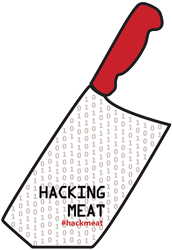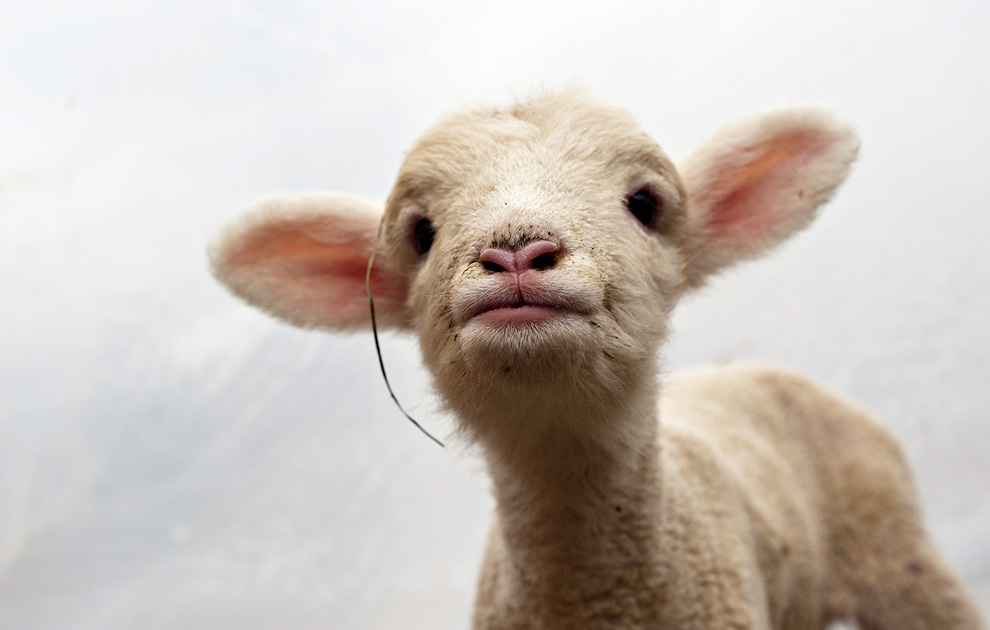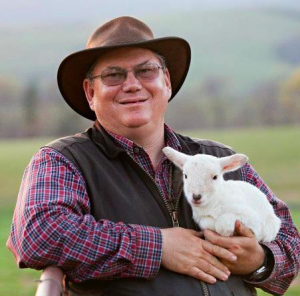
Food+Tech Connect and GRACE Communications Foundation present Hacking Meat, an online conversation exploring how information and technology can be used to hack (or reimagine) a more sustainable, profitable and healthy future for meat. Join the conversation and share your ideas or product requests in the comments, on Twitter using #hackmeat, Facebook , Tumblr or at the Hack//MeatSilicon Valley happening June 21-23 in Palo Alto.
Guest Post by Craig Rogers of Border Springs Farm
First and foremost, sustainable agriculture requires sustainable consumers. In order for a farmer to be true to their land and livestock, they need a market that values effort and expense. Typically this market will be only a small set of consumers, those with knowledge and principals commensurate with sustainability.
For centuries the output of a farmer’s labor was considered a commodity product. One in which the source was hidden by layers of wholesalers, brokers, and retailers. The effort, principles and quality were seldom traced back to the farmers, so their motivation to be a champion of quality wained. Today, commodity meat has no source other than country of origin. Farmers produce pounds rather than flavor. After all, it is “by the pound” at the livestock auction that is reflected in their payment. There is little differentiation between the price paid for a quality head of livestock and a mediocre one.
Farmers whose name appear on the label generally have more invested in the quality of the product, as their reputation depends on it. For a farmer who has decided to sell direct to consumers and chefs, reliability and consistency are the keys to success. Having his or her name on the label provides the motivation to ensure that the product is consistently of the highest quality. To date, essentially the only way for a farmer to have his or her name on a label was to sell direct and pay their slaughterhouse to produce a custom label for them. However, with today’s technology, tracking the source farmer of a product is possible, but unpopular with many commodity farmers.
In the meat world, the single most common reason for failure of farmer direct sales businesses, whether to consumers or restaurants, is the excess inventory of legs (hams) and shoulders. By far the most popular cuts of all animals, cows, pigs, and lambs, are those off the backbone. In our all-lamb retail and deli shops, which we created to help us move the cuts with the least amount of demand, we sell a t-shirt that says “More Than Just a Great Rack”. We try to educate our customers on how to eat meat sustainably, which means learning to cook less choice cuts from the shoulders and legs. We have a limited number of racks in the shop and we explain to our customers that, due to their popularity over other cuts, lamb shops ofter run out of rack of lambs.
Technology can play a big part in helping farmers move inventory of lesser appreciated cuts. Through educating consumers on the value of more obscure cuts, and connecting restaurants looking for special cuts, Google Ads has proved a helpful techonolgy for our business. It brings more traffic to our website, and has expanded our search terms from simply “rack of lamb.”
New advances in technology will undoubtedly change the nature of farming, and reverse the lack of attention paid to the pathway of our food. Incorporating tracking of the source, or “Pride Tracking,” so that the proud farmer is given credit and develops a reputation for quality, would be a big step forward. Simultaneously, we must always continue educating consumers on how to live and eat sustainably.
The views expressed here are solely those of the author, and do not reflect the views of Food+Tech Connect.
How can “pride tracking” help bolster farmers, consumers and the sustainable meat industry? Share your thoughts in the comments below, on Twitter using #hackmeat,on Facebook or at the Hack//Meat SV hackathon happening at The Stanford d.school in Palo Alto, June 21-23.
____________________
Photo Courtesy: Boston.com




